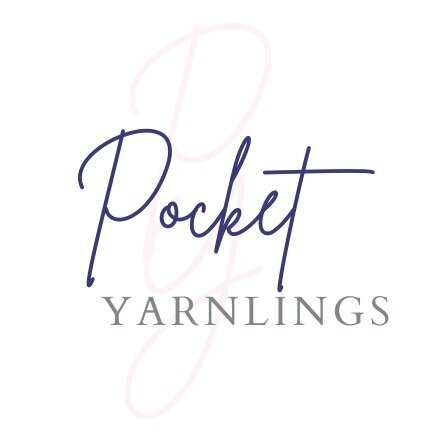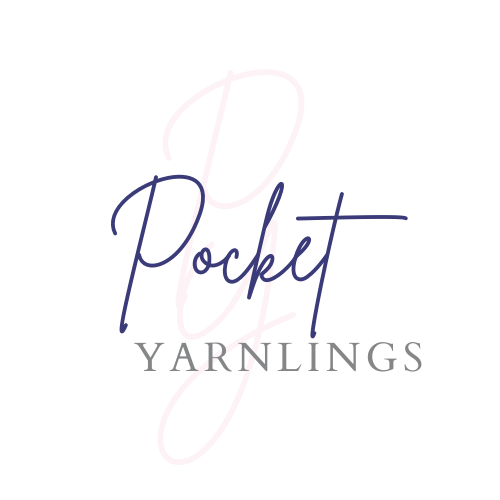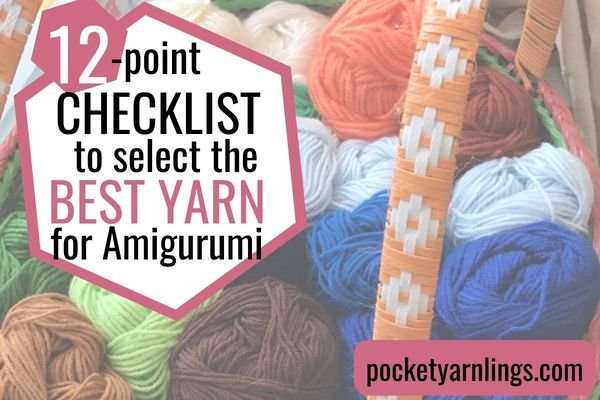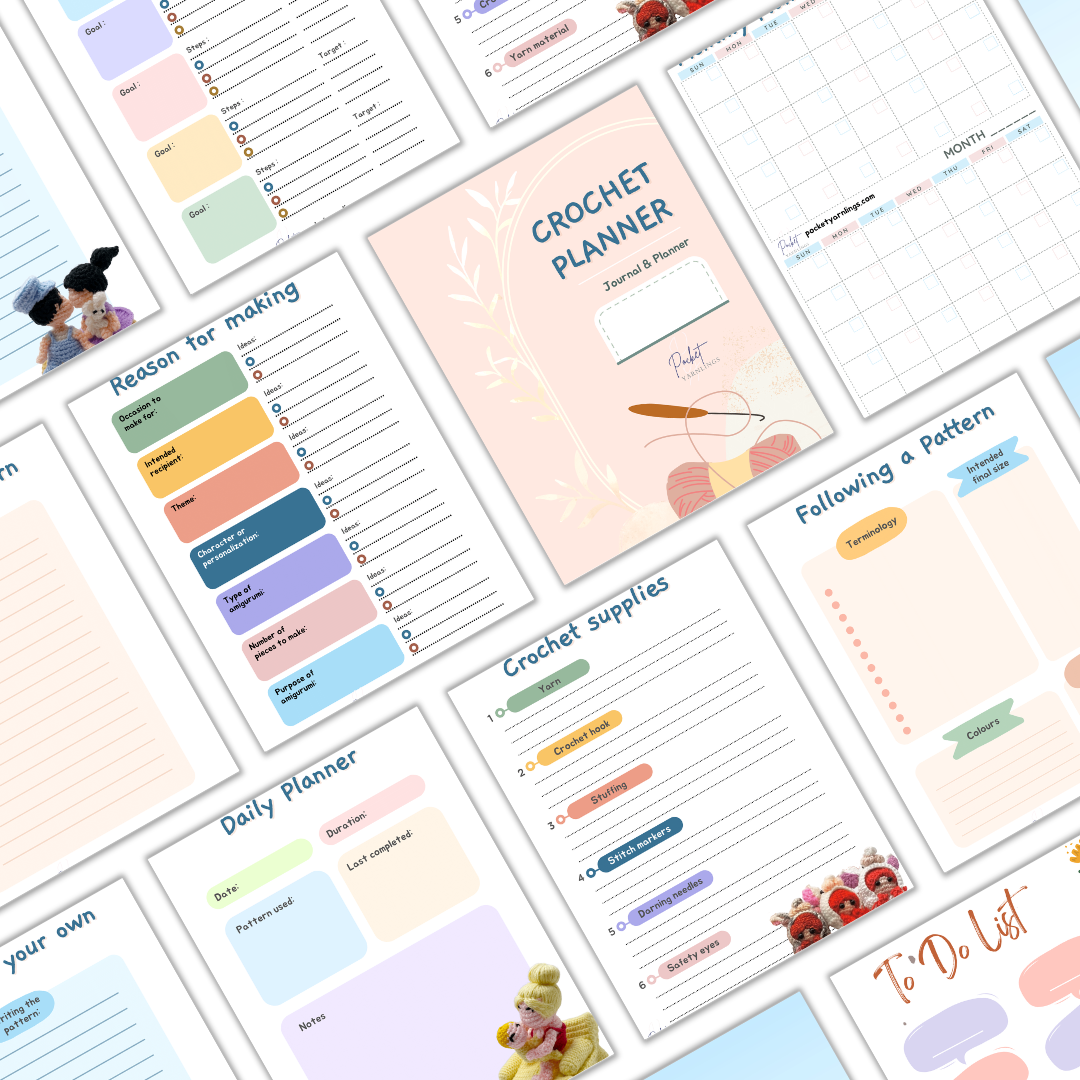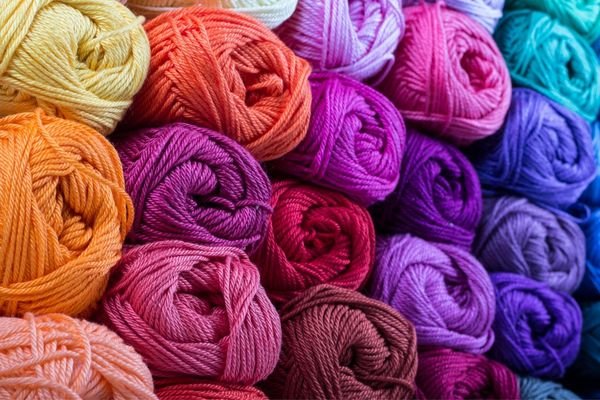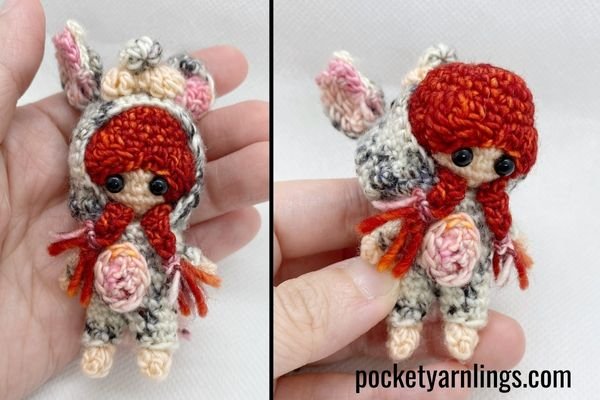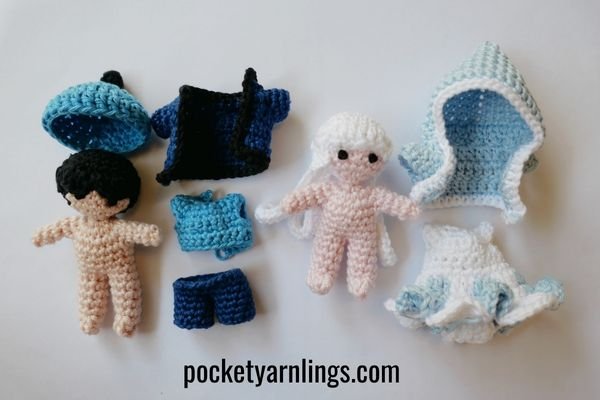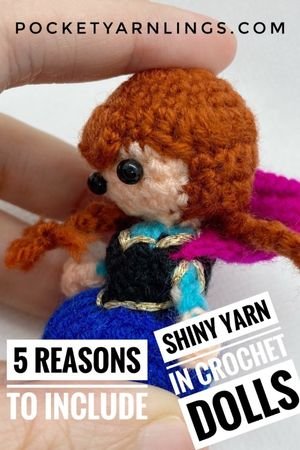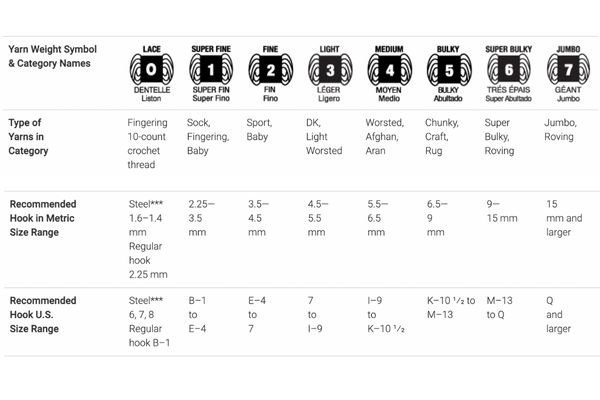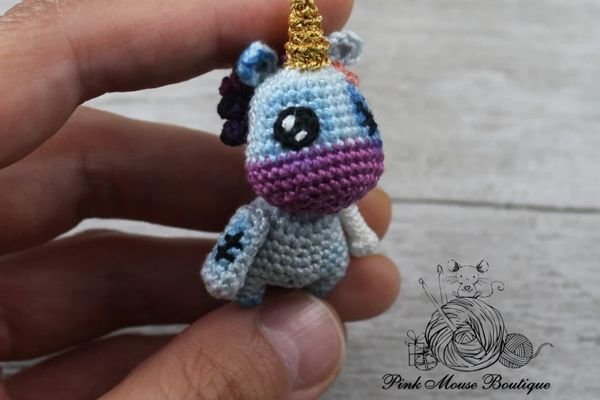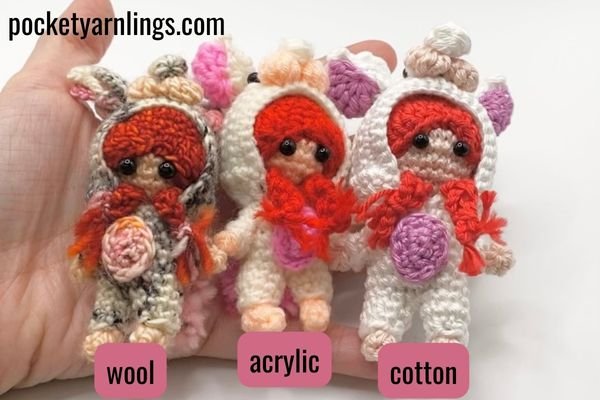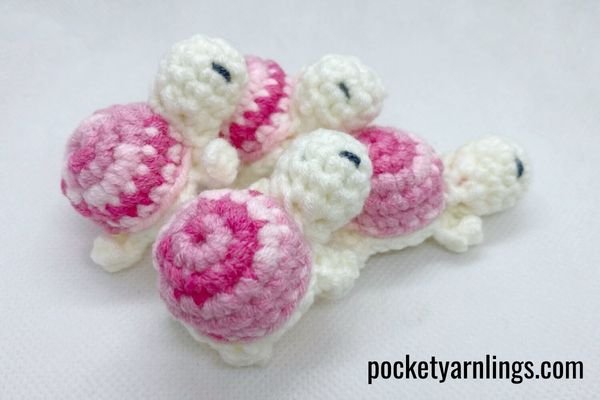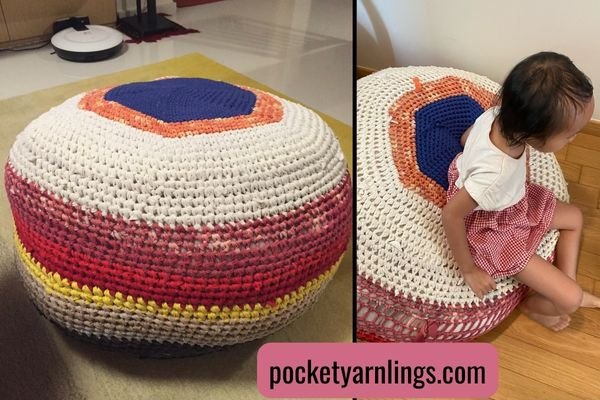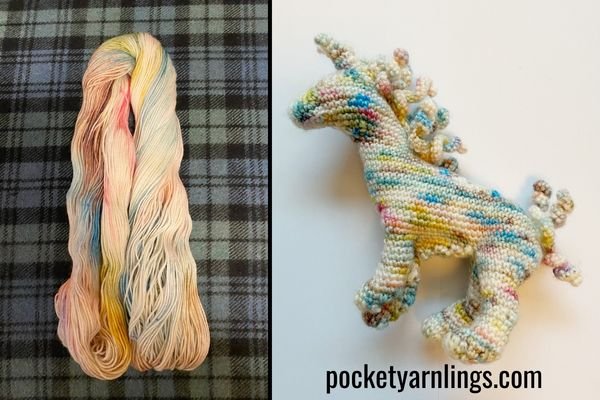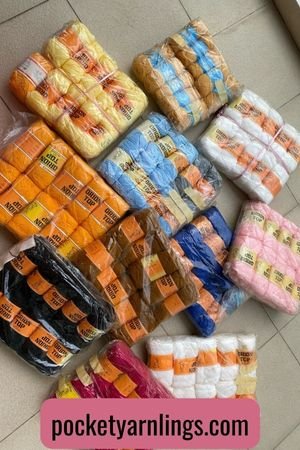12-point Checklist to Select the Best Yarn for Amigurumi
Before deciding on the best yarn for your next amigurumi, there are a couple of considerations to think about before you go hunting for the best buys. If you are a crocheter, you could be in any part of the world with any number of different types of yarn. Universally though, it would be really useful to think through this 12-point checklist of what you want to achieve at the end of your project, irregardless of your yarn sources!
Even though this checklist is applicable for crochet in general, it is specifically tailored to choosing yarn for amigurumi in particular.
So first off, we will have to think about what is the final amigurumi or crochet toy that you wish to achieve. This first part just involves the amigurumi itself.
There are affiliate links in this post. We will receive a commission if you make a purchase through our affiliate link at no extra cost to you. Most of the yarn recommendations here have been used personally by me so check out the amigurumi examples!
Table of Contents Show
Amigurumi Itself
The first 4 considerations are needed even before you think about looking at the different varieties of yarn available to you. They include what is the reason behind making the amigurumi, the intended recipient, the type and size of the amigurumi and also factor in your crochet skill level before yarn selection.
1. What is the purpose of your amigurumi?
In other words, think about what is the amigurumi used for? This is closely related to the next question which is who are you making the amigurumi for. The intention of the final crochet toy could be for making for yourself, commonly for gifting or even for selling.
If you intend to gift or sell, you might sometimes want to consider higher quality yarn to make the amigurumi. Along the same lines for the next point, depending on who you gift to, the yarn material does have some considerations.
Consider any particular use for the final crochet piece as well, whether it is intended to be made into a toy, into ornaments, for home decor or even fashion like earrings. You might pick a crochet thread to make mini amigurumi for earrings or chunky yarn to make plushies for children. So this will affect your choice in yarn weight.
More about specific yarn material and yarn weight considerations will be mentioned in further detail below.
2. Who are you making the amigurumi for?
Most commonly, amigurumis are made for gifting or sometimes selling. There are so many young children crocheters love making amigurumis for, because the smile on their faces when they receive the final toy is priceless!
If you are thinking about making for your children, grandchildren, nieces or nephews, consider the age group of the kids before picking specific types of yarn.
For ornamental purposes like perhaps a hanging mobile in a nursery, cake toppers or Christmas ornaments can be made with simple acrylic yarn since the child will not be hugging or touching the amigurumi often.
Other types of toy sets like for role playing mini amigurumis where young preschoolers handle often then perhaps use cotton yarn.
If making plushies for toddlers to hug then consider chunkier yarn or basically bulkier thickness yarns. More about yarn materials and weights will be discussed below. Also think about choosing yarn that the child will likely be less sensitive to. Which brings us to the next point.
If the child playing with the toys has sensitive eczema, then think about the possibility of textile contact dermatitis, which unfortunately can occur with any or all types of fibre. Irritant contact dermatitis can occur in response to the textile fibre, which can be natural like wool or cotton, or synthetic like polyester.
On the other hand, also consider allergic contact dermatitis can occur together with certain types of dyeing that occurs with yarn. For more information on this, check out this dermatology website (which I refer to frequently as a doctor) call Derm Netz.
Pin this image below to come back to this post again if you find it useful.
3. What are the different types of Amigurumi?
After deciding on what is the intention of making the amigurumi and who you intend to give it to finally, then start thinking about what is the actual final type of amigurumi you want to make.
You could refer to an existing pattern that you got your hands on, especially so if you are just starting out or if you are a pattern designer (like me!) then you will probably need to visualize what you want to make first.
For this example, I just made a simple classification of whether the final crochet toy is a doll, animal, vehicle, food, plants or furniture. If you check out the Ravelry classification when you submit patterns, there is a similar breakdown of categories to think about when deciding on your amigurumi pattern.
4. What yarn size is good for amigurumi?
Another common question asked is what yarn size is good for amigurumi but that really depends on the first 3 points right! After thinking this through, it will lead into the next section about yarn weight considerations.
A common type of yarn to start amigurumi includes DK (Category 3) according to Craft Yarn Council, more details on yarn weight below later. It is relatively easier to start off with because it is not too thin (like sport yarn) or thick (like worsted) to crochet with. The final amigurumi that turns up, of course depending on your amigurumi pattern, could range in smaller sizes like palm-sized, which is what I love to crochet.
Having said that though, you could easily convert the same amigurumi pattern into something smaller using crochet thread or something bigger using chunky yarn. So it really depends on what you want to achieve at the end of it but like I mentioned above using DK yarn is a great place to start.
5. What are the skill levels in crochet - which one are you?
There are 4 general crochet levels including basic, easy, intermediate and complex, as suggested by Craft Yarn Council, see the image below. Simply put, basic skills refers to basic single crochet stitches, slip stitch, increases and decreases. Easy refers to those mentioned above and colour changes and basic shaping.
So for beginner crocheters, just to get the hang of crocheting first, try using yarn that is easy to work with like acrylic, which is not as inelastic as cotton. For more resources for beginner crocheters, check out more here.
As for intermediate crocheters, apart from the basics above, you would have already tackled some more special crochet stitches like bobble and popcorn stitches, with some basic amigurumi shaping.
Lastly for advanced crocheters, it should include all the above and complex stitch work and combination of various stitch techniques all in the same amigurumi. Resources for intermediate crocheters can be found here, while for advanced crocheters check it out here.
Well for intermediate and advanced crocheters, the sky's the limit! You could try more textured yarn that can be more difficult to work with, like chunky yarn, metallic yarn or mohair yarn. It also depends on the previous few points about what amigurumi you want at the end.
Free Crochet Planner Journal!
Click here to grab this 20-paged workbook and checklists that will help organize your creativity before you even start on your next crochet project! Or click on image on the left.
Yarn
After brainstorming what you want to create at the end, this is when you start looking around for delicious sweet yarn! So here are 7 considerations to think about when you are picking out yarn for amigurumi - yarn material, yarn weight, yarn colour and quantity of each needed, availability, costs and washability of the yarn.
6. What are the different types of yarn material?
Now this is the part where it starts to get fun, when you are considering all the different yarn materials! So I will first go through a general idea of all the types of yarn available then I'll go specifically into those that are great for amigurumi. Yarn materials can be divided simply into natural or synthetic fibres, so let us talk about them individually.
Natural fibres
Natural yarn fibres can be further subcategorized into animal based or plant based. Here we will talk about them separately.
Animal fibres like wool, alpaca, mohair or angora are yarn materials which are often used for crocheting warm clothes because of their great insulation. On the other hand, for making amigurumis they may not be so suitable especially if the toys are made for children as it can cause some local itchiness. Having said that, merino wool which is less scratchy than other types of wool, is great for making amigurumis! I have an an example of an amigurumi I made using Madeline Tosh's merino wool here which was fantastic.
Here is an example of an amigurumi I made using Madeline Tosh’s yarn, I simply loved using it!
When we are talking about plant fibres, here I am simply referring to cotton, (silk is technically from the silk worm and is not commonly used for amigurumi). Cotton is pretty inelastic which can be more difficult for beginner crocheters, but it is less allergenic, soft and breathable and often used to make baby things, hence great for amigurumis! Here I made this pair of amigurumis using cotton yarn!
Synthetic fibres
The types of synthetic fibres commonly used for amigurumi here include acrylic and polyester. Acrylic yarn is great to start with because of the lower price point and it is quite similar to wool, then when you are more confident, move onto natural fibres. Also a great choice for amigurumi because it retains its shape well. Only thing is that the final amigurumi can get pretty fuzzy after a while, especially after a few rounds of washes.
The next synthetic yarn is polyester, which is what is used in chunky chenille yarns. It is relatively elastic, easy to care for and holds shape well which is great for amigurumis, not to mention machine washable. One downside though is that it is non biodegradable which means it is bad for the environment - something to think about.
Blend of fibres
There are many different combinations of blends with both natural and synthetic fibres inside. These yarn are created to their combined desirable tracts like softness and durability. Remember to check breakdown of blends on yarn label (e.g. 57% Wool, 33% Acrylic, 10% Cashmere) and see if you like that combination for your amigurumi.
Novelty Yarn
Last category I will briefly talk about is novelty yarn, which is mostly made of polyester (except for metallic yarn which is made of aluminium). I thought to include it in because there a few types of yarn which can turn out nicely for amigurumi.
They include faux fur which can create a furry appearance, eyelash yarn which can create a hairy amigurumi. Chenille yarn can create a soft plushie toy while metallic yarn can be good for incorporating silver and gold detailing into your amigurumi.
If you need some ideas on why you would use shiny yarn in your amigurumi, check out this blog post on ‘5 reasons to include shiny yarn in crochet dolls’.
There is this wonderful knitting site with detailed information about all the different types of yarn. The ones I have suggested above are just specifically those which I think are good for amigurumi.
7. What are the different yarn weights?
Yarn weight does not actually refer to the weight of the yarn but rather the thickness of the yarn. Based on Craft Yarn Council, the weight can range from 0 all the way to 7. Let us briefly talk about them before narrowing in examples for amigurumi.
Based on Craft Yarn Council classification, here is a breakdown of the different yarn weights.
0 - Lace = thread (~1,2,3-ply)
1 - Super Fine = fingering (~4-ply)
2 - Fine = sport (~5-ply)
3 - Light = DK (~8-ply)
4 - Medium = worsted (~10-ply)
5 - Bulky = chunky (~12-ply)
6 - Super Bulky = super chunky (~14-ply)
7 - Jumbo = jumbo (~16-ply)
Here is a table taken from CYC which is a good reference point. As for a detailed breakdown of each individual use of each category, go check out this comprehensive article on yarn weights.
Ply is an approximation of the yarn weight and might not necessarily follow the sequence above. Ply refers to how many strands of thread and bundled together to form one yarn strand.
Generally speaking, a higher ply count will mean the yarn is thicker, like how 8-ply yarn is thicker than 5-ply yarn. But it is important to note that higher ply yarn may not necessarily mean heavier yarn weight.
Lace or Thread yarn
Amigurumis can be made from any kind of yarn weight, ranging from lace all the way to jumbo. Using lace thread to make amigurumi often results in micro crochet pieces, which looks something like this below, courtesy of Pink Mouse Boutique. I have yet to try out lace yarn for amigurumi - on my to try out list!
Fingering and Sport yarn
For super fine or fingering yarn, which is what I use the most to crochet mini amigurumis. In this case, I'm using merino wool, acrylic and cotton to make the same little bunny girl below. The yarns are Madeline Tosh, Scheepjes Catona and Orion Deluxe Yarn.
Sport yarn is quite similar to fingering weight yarn but slightly heavier, also great for making amigurumis. The final crocheted pieces tend to be around palm-sized.
DK and Worsted yarn
DK yarn is what beginner crocheters like to start off with. It is often paired with 3.0 to 4.0mm crochet hooks which is easier to handle for a start. This type of yarn is a great size to start crocheting and great size to end off the amigurumi. Here I used a milk cotton yarn to make this little turtle, something I made for charity, which you can read more about here.
Worsted yarn is commonly used by many amigurumi designers, together with DK yarn above as well. The final pieces tend to be medium in size and great for ornamental pieces whereas the fingering and sport yarn pieces can be used for keychains. Worsted yarn is often used for crocheting sweaters and hats.
Bulky and Super Bulky yarn
Bulky weight yarn is something that is increasingly popular in making amigurumis. It is commonly used for making rugs but they can create pretty plushies! Together with super bulky yarn, many crocheters are creating chunky amigurumis which are great as large cushion or huggable plushies. Probably not a good option for newbie crocheters though because of larger hook needed and reduced stitch visibility.
Jumbo yarn
Jumbo weight is the heaviest weight of yarns and not commonly used for amigurumis. It is great for hand or arm crocheting, something that I definitely want to try one day! The biggest project I made was using recycled T-shirt yarn, not an amigurumi but a pouf instead. You can read more about that here.
8. How do I choose a yarn colour?
After considerations about yarn material and weight, then comes the colours! It is something to think about because if you are making amigurumi, sometimes you need many colours in just 1 final finished piece - I think the highest number I had gone to was 9 colours in one amigurumi!
Certain yarn brands have wider selection of colours and some are pooled together to form different themes. For example, Scheepjes brand have different range like stonewashed colours, catona colours and darker ones like soft fun colours.
Having a mood board before starting a project is a great way to narrow down the colours you might want for your amigurumi - for instance based on a certain season or holiday theme. Here is an example of a winter mood board I had before finishing this little girl amigurumi.
Other possible things to think about with regards to colours is if you are crocheting dolls and need some skin coloured yarn. There could be a whole range of skin-coloured yarns that can be used - I have used light pink to beige to light brown, dark brown many variations, even green skin for baby Yoda!
Also try out some hand-dyed and variegated yarn colours for your amigurumi - I know I'm definitely going to experiment more with these.
9. Is there enough yarn of the same colour needed?
Now that we have talked about colours that you have picked out, remember to check that there is enough of the colour that you need. So essentially ask the question - how much yarn is in that skein? It could be a simple 25g ball or a larger 50g ball, for chunky yarns it could go up to 100g! Or you could see the length in yards or metres.
One of the wonderful things about crocheting amigurumis is that you don't actually need so much yarn, as compared to bigger projects like garments and blankets. Sometimes one little yarn ball is all you need to create one animal. But then for amigurumis, sometimes the colour variety is more important especially if you want to incorporate different parts to your amigurumi like doll clothes.
So apart from looking out for colour varieties from one brand, remember to check it that is enough quantity of each colour needed - by checking the actual weight of whole skein (different from yarn weight like I mentioned above) and checking the length (in yards or metres).
10. Is the yarn available locally or online?
Another big question to ask - is the yarn even available to you? If you finished one ball and you wanted back the same material / weight / colour / brand, are you able to get hold of it again?
Firstly you have to answer the question of where to buy the yarn, it is either locally or from online stores. Many crocheters like to look and feel the yarn before we buy (me included)!
I have this short story of how I managed to get a handful of yarn at a real steal in a local warehouse because an old man was clearing it all out. I thought it was quite a heartwarming story of the local crocheting and knitting community so I wrote a whole post about it. Go check it out here.
This sometimes make online shopping a little bit too adventurous, especially when you have not bought from a certain brand before. Not to mention, if you are getting from an international source then you have to check if they ship to your country and if there is a minimum quantity order.
Sourcing locally can be a real challenge sometimes too if your yarn supplier chooses to discontinue a certain brand (yes it has happened to me before!).
This is also the reason why I can't specifically say for sure which yarn brands are best because I dun have the same availability to certain brands in the US. I don't have Michael's or Hobby Lobby or Lion Brand which are favourites with crocheters. For me to source locally, it's from indie department stores or local crocheters bringing in yarn from overseas like Scheepjes.
For the most part, I have this sweet availability to yarns distributed more in Asia, which might not be easy to find in USA. For instance I do like to crochet with Japanese yarn with many of their yarn labels in Japanese (numbers are a universal language though) and also milk cotton yarn from China. These are apparently difficult to find in Europe and America so you can see sometimes my yarn suggestions might be totally unfamiliar!
If you guys are interested to see what kind of yarns we have access to in our region (aka Singapore and Southeast Asia), then do comment below on this article and let me know. I might decide to do a little breakdown on what we use on our side of the world! Also, anyone interested in milk cotton yarn and what that's all about?
11. Cost of yarn
Yet another important question to ask is how much is a skein of yarn? With certain types of wool, each skein can be pretty costly, especially if you are using yarn from examples like alpaca or angora or merino wool. Those are much more difficult to source for and hence the higher price point.
Generally the synthetic fibres like acrylic or polyester tend to be less costly as compared to natural fibres. Even then, amongst the natural fibres, different animal fibres have different price points as well.
If you are making amigurumis, take into consideration the number of colours you need, meaning one amigurumi might need 3 colours and you will have to get 3 separate skeins. Then also factor in what was mentioned before, how much yarn is in that skein and whether you might need to get more than 1 of each colour. (Like Scheepjes Catona 25g balls can sometimes run out real fast!)
12. What kind of yarn can be washed?
Washability is a little something extra to think about too especially if you are crocheting for little kids. If you anticipate saliva or drool getting onto it and you have to frequently wash, then materials like cotton, acrylic and polyester are great for washing using washing machine.
If in doubt, you could always hand wash your amigurumi in the end so that it hopefully does not fray too much. Another consideration too is if you are buying locally hand-dyed yarn, the first few washes might bleed a little bit so factor that in when you are washing! Or even right at the start when you are picking out the yarn!
Conclusion
There you have it - never knew there were so many considerations before you pick up your first ball of yarn for your next amigurumi project! There are different considerations for the yarn for different types of crochet projects but here in this article, I'm specifically talking about for amigurumis.
So the next time you pick up some yarn either from your friendly local store or online, think through these 12 points about your next amigurumi project before making your yarn choice!
You can grab this whole list in an easy-to-read, easy-to-download checklist below, to keep with your crochet pattern projects so you don't miss a thing when deciding on your next yarn purchase!
Free Crochet Planner Journal!
Click here to grab this 20-paged workbook and checklists that will help organize your creativity before you even start on your next crochet project! Or click on image on the left.
